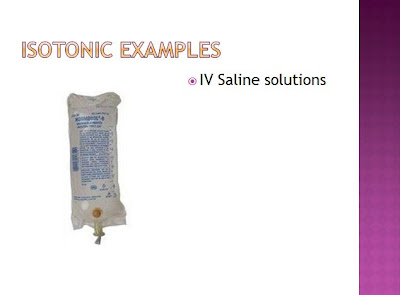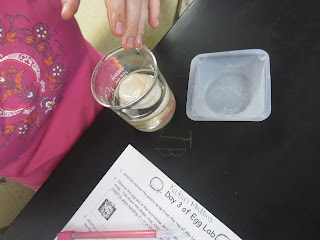First we started with the following daily questions:
Wednesday November 7th
Which
component of the membrane contains a hydrophobic region and acts as the primary
barrier to most foreign substances?
1.
Protein 3. Carbohydrate chain
2. Cholesterol 4.
Phospholipid bilayer
A protein on
the surface of HIV can attach to proteins on the surface of healthy human
cell. These attachment sites on
the surface of the cells are known as
1. Receptor molecules 3. Molecular Bases
2 Genetic Codes 4. Inorganic Catalysts
Which set of
functions is directly controlled by the cell membrane?
1. Protein Synthesis, respiration, digestion of food
molecules
2.
Active transport, recognition of chemical messages, protection
3.
Enzyme production, elimination of large molecules, duplication of DNA
codes
4.
Release of ATP molecules, regulation of cell reproduction, food
production
I then had you start building your cell membrane models. This was a fairly "unguided" activity because I wanted you to look at your notes and using all the materials found in a bag - you were to create your own cell membrane AND be able to tell me all the parts/functions. Here were some pics of how that went.
 |
Adding Non-polar fatty acid tails to the phosphate
heads |
 |
Phospholipid bilayer with some cholesterol
stuck in between the lipid tails (to help
stabilize the membrane) |
 |
Now to add the proteins - this one spans the entire membrane
which would allow molecules to move into and out of the cell.
Because of this, we could infer this is a transport protein |
 |
| Completed cell membrane model! |
After you built the models and described each part to me you answered and turned in the questions on the back of your cell membrane diagram (see below) You ALSO added two questions to it.
1. I have type A blood. What part of the cell membrane surrounding my red blood cells determines that I have type A blood?
2. TSH (Thyroid Stimulating hormone) binds to thyroid cells and initiates the production of T3 and T4 (Thyroid hormones), what part of the cell membrane does TSH bind to?



















































